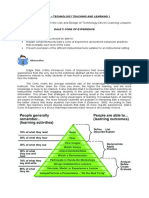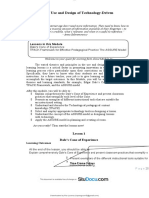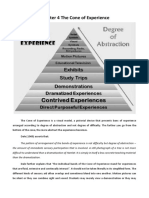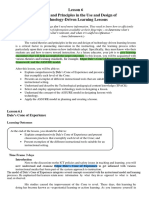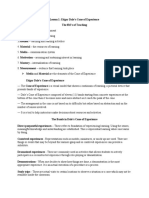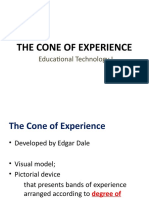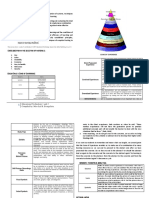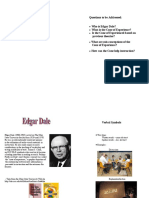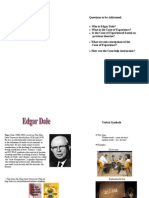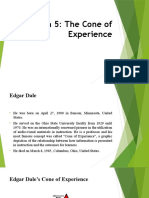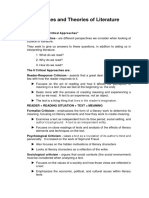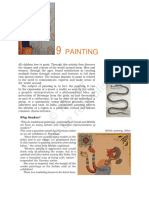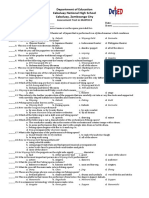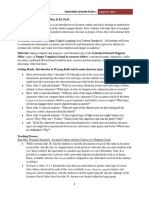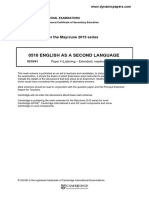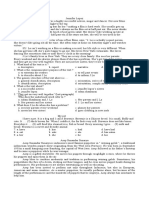0% found this document useful (0 votes)
95 views34 pagesFuture Teachers' Guide to Dale's Cone
Uploaded by
Bryan GuibijarCopyright
© © All Rights Reserved
We take content rights seriously. If you suspect this is your content, claim it here.
Available Formats
Download as PPTX, PDF, TXT or read online on Scribd
0% found this document useful (0 votes)
95 views34 pagesFuture Teachers' Guide to Dale's Cone
Uploaded by
Bryan GuibijarCopyright
© © All Rights Reserved
We take content rights seriously. If you suspect this is your content, claim it here.
Available Formats
Download as PPTX, PDF, TXT or read online on Scribd
/ 34

